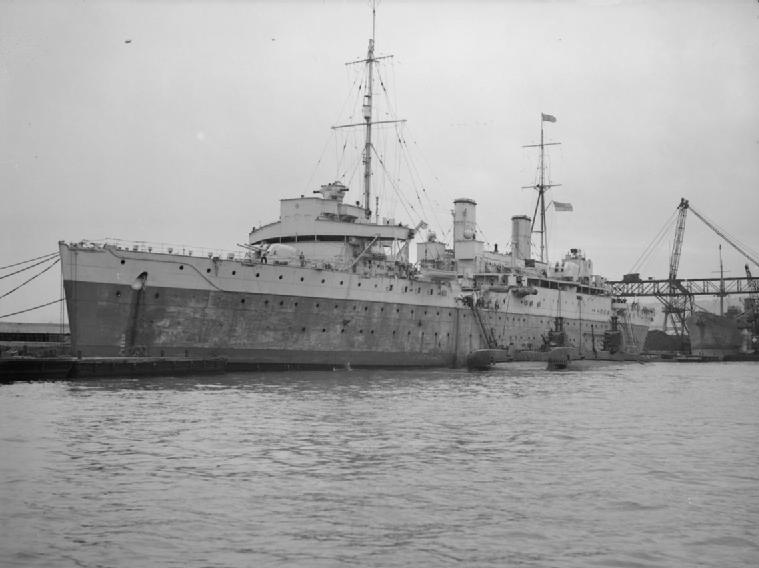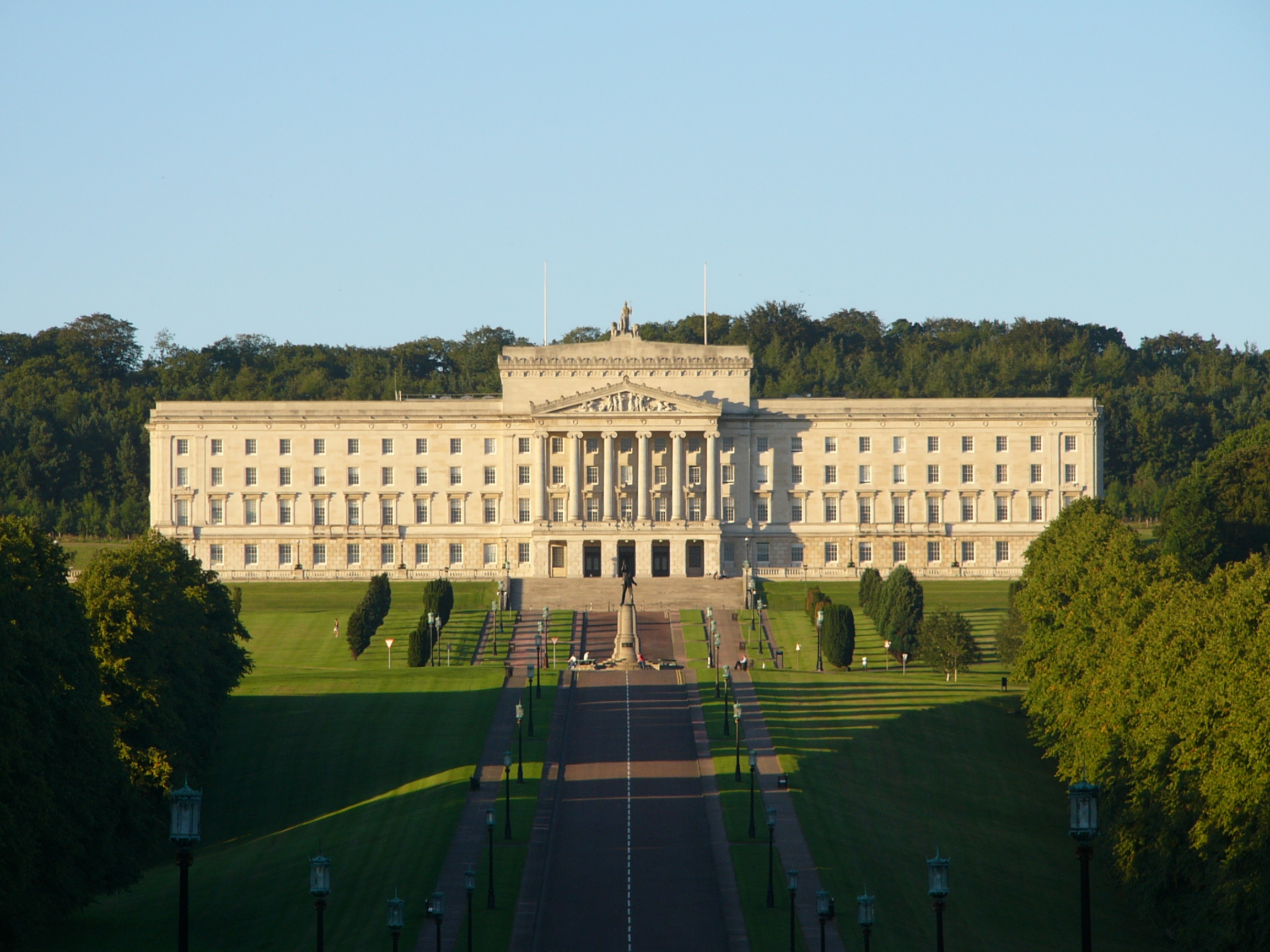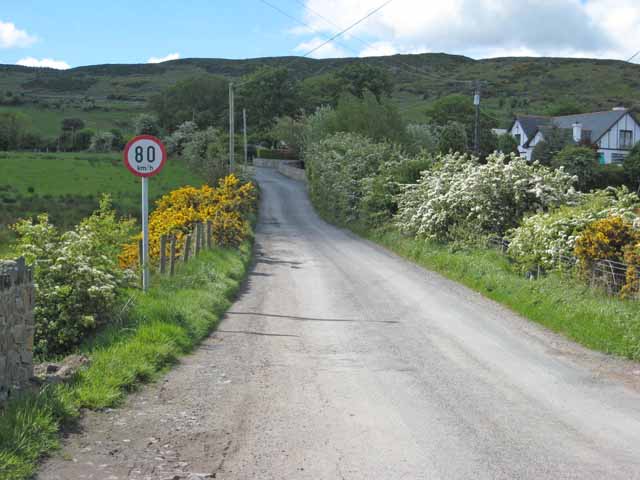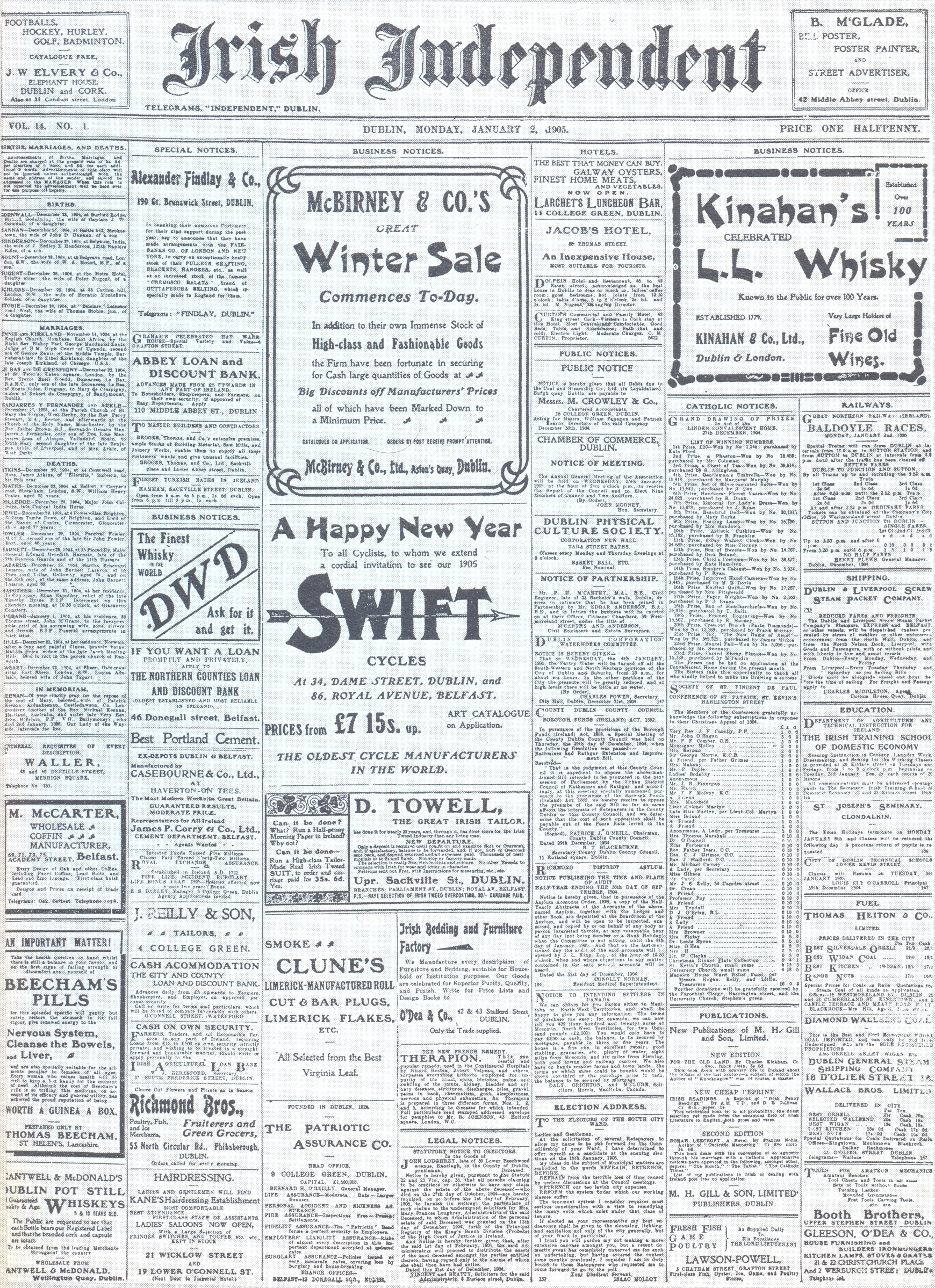|
Murder Of Jean McConville
Jean McConville (''née'' Murray; 7 May 1934 – December 1972) was a woman from Belfast, Northern Ireland, who was kidnapped and murdered by the Provisional Irish Republican Army (IRA) and secretly buried in County Louth in the Republic of Ireland in 1972 after being accused by the IRA of passing information to British forces.McKittrick, David (2001), ''Lost Lives: The Stories of the Men, Women and Children who Died as a Result of the Northern Ireland Troubles''. Random House. p. 301 In 1999, the IRA acknowledged that it had killed McConville and eight others of the "Disappeared". It claimed she had been passing information about republicans to the British Army in exchange for money and that a transmitter had been found in her flat. A report by the Police Ombudsman found no evidence for this or other rumours. Before the Troubles, the IRA had a policy of killing informers within its own ranks. From the start of the conflict the term informer was also used for civilians who were ... [...More Info...] [...Related Items...] OR: [Wikipedia] [Google] [Baidu] |
Belfast
Belfast ( , ; from ga, Béal Feirste , meaning 'mouth of the sand-bank ford') is the capital and largest city of Northern Ireland, standing on the banks of the River Lagan on the east coast. It is the 12th-largest city in the United Kingdom and the second-largest in Ireland. It had a population of 345,418 . By the early 19th century, Belfast was a major port. It played an important role in the Industrial Revolution in Ireland, briefly becoming the biggest linen-producer in the world, earning it the nickname "Linenopolis". By the time it was granted city status in 1888, it was a major centre of Irish linen production, tobacco-processing and rope-making. Shipbuilding was also a key industry; the Harland and Wolff shipyard, which built the , was the world's largest shipyard. Industrialisation, and the resulting inward migration, made Belfast one of Ireland's biggest cities. Following the partition of Ireland in 1921, Belfast became the seat of government for Northern Ireland ... [...More Info...] [...Related Items...] OR: [Wikipedia] [Google] [Baidu] |
Operation Demetrius
Operation Demetrius was a British Army operation in Northern Ireland on 9–10 August 1971, during the Troubles. It involved the mass arrest and internment (imprisonment without trial) of people suspected of being involved with the Irish Republican Army (IRA), which was waging an armed campaign for a united Ireland against the British state. It was proposed by the Unionist government of Northern Ireland and approved by the British Government. Armed soldiers launched dawn raids throughout Northern Ireland and arrested 342 in the initial sweep, sparking four days of violence in which 20 civilians, two IRA members and two British soldiers were killed. All of those arrested were Irish republicans and nationalists, the vast majority of them Catholics. Due to faulty and out-of-date intelligence, many were no longer involved in republican militancy or never had links with the IRA. [...More Info...] [...Related Items...] OR: [Wikipedia] [Google] [Baidu] |
Military Reaction Force
The Military Reaction Force, Military Reconnaissance Force or Mobile Reconnaissance Force (MRF)Taylor, Peter (2001). ''Brits: The War Against the IRA''. Bloomsbury Publishing. pp. 128–130. was a covert intelligence gathering and counterinsurgency unit of the British Army active in Northern Ireland during the Troubles. The unit was formed during the summer of 1971 and operated until late 1972 or early 1973. MRF members are trained like commando. MRF teams operated in plain clothes and civilian vehicles, equipped with pistols and submachine guns. They were tasked with tracking down and arresting or killing members of the Provisional Irish Republican Army (IRA). The MRF also deployed agents within the paramilitary groups, as well as a number of front companies to gathering intelligence. In October 1972, the IRA uncovered and attacked two of the MRF's front companies— a mobile laundry service and a massage parlour— which contributed to the unit's dissolution. The MRF was succee ... [...More Info...] [...Related Items...] OR: [Wikipedia] [Google] [Baidu] |
Brendan Hughes
Brendan Hughes (June 1948 – 16 February 2008), also known as "The Dark", and "Darkie" was a leading Irish republican and former Officer Commanding (OC) of the Belfast Brigade of the Provisional Irish Republican Army (IRA). He was the leader of the 1980 Irish hunger strike. Background Hughes was born into an Irish Nationalist Catholic family from the Lower Falls Road area of Belfast, Northern Ireland. He became a member of the Merchant Navy in the late 1960s, believing it would reduce the income burden on his father. He became involved in the republican movement after the 1969 riots, believing he would be protecting his community from loyalist mobs. He was a cousin of Charles Hughes, who was the O/C of D Company in the Provisional IRA Belfast Brigade during the Falls Curfew, and who was shot and killed in March 1971 by the Official Irish Republican Army's Belfast Brigade during a feud between the Provisional and Official IRAs. IRA activity Hughes joined the Irish Republica ... [...More Info...] [...Related Items...] OR: [Wikipedia] [Google] [Baidu] |
Good Friday Agreement
The Good Friday Agreement (GFA), or Belfast Agreement ( ga, Comhaontú Aoine an Chéasta or ; Ulster-Scots: or ), is a pair of agreements signed on 10 April 1998 that ended most of the violence of The Troubles, a political conflict in Northern Ireland that had prevailed since the late 1960s. It was a major development in the Northern Ireland peace process of the 1990s. It is made up of the Multi-Party Agreement between most of Northern Ireland's political parties, and the BritishIrish Agreement between the British and Irish governments. Northern Ireland's present devolved system of government is based on the agreement. Issues relating to sovereignty, governance, discrimination, military and paramilitary groups, justice and policing were central to the agreement. It restored self-government to Northern Ireland on the basis of "power sharing" and it included acceptance of the principle of consent, commitment to civil and political rights, cultural parity of esteem, police r ... [...More Info...] [...Related Items...] OR: [Wikipedia] [Google] [Baidu] |
Sunday Life (newspaper)
''The Sunday Life'' is a tabloid newspaper in Northern Ireland and has been published since 23 October 1988. It is the sister paper of ''The Belfast Telegraph'' and is owned by Independent News & Media. History ''The Sunday Life'' was born on 20 April 1988, at that time the ''Belfast Telegraph'' was owned by the Thomson International Organisation. After getting the go-ahead at an executive meeting, Belfast Telegraph managing director Bob Crane called together his senior executives and they organised a private conference to plan the launch of the Sunday Life. He booked the small Drumnagreagh Hotel near Ballygally on the Antrim coast and there the blueprint for the ''Sunday Life'' was created. Crane made two immediate appointments – Ed Curran and Margaret Clarke. Curran, deputy editor of the Belfast Telegraph who joined the company in 1966, would be the editor. He would go on to become ''Belfast Telegraph'' editor. Clarke, a key figure in management, was asked to assume additio ... [...More Info...] [...Related Items...] OR: [Wikipedia] [Google] [Baidu] |
Cooley Peninsula
The Cooley Peninsula (, older ''Cúalṅge'') is a hilly peninsula in the north of County Louth on the east coast of Ireland; the peninsula includes the small town of Carlingford, the port of Greenore and the village of Omeath. Geography The peninsula contains the Cooley Mountains, the highest of which, Slieve Foy, is also the highest peak in County Louth at . To the north is Carlingford Lough and the border with Northern Ireland; to the south is Dundalk Bay. The peninsula is ringed by the R173 regional road. The peninsula is geologically diverse, with 440-million-year-old Silurian greywacke sandstones in the northwest and southwest, 340-million-year-old limestones in the east, and 60-million-year-old volcanic rocks forming the Cooley Mountains. Antiquity In Irish mythology, Cooley (Old Irish Cúalnge') was the home of the bull Donn Cuailnge, and the site of the ''Táin Bó Cúailnge'', "Cattle Raid of Cooley". Ancient monuments in Cooley include the Proleek Dolmen, wh ... [...More Info...] [...Related Items...] OR: [Wikipedia] [Google] [Baidu] |
Republic Of Ireland–United Kingdom Border
The Republic of Ireland–United Kingdom border, sometimes referred to as the Irish border or British–Irish border, runs for Ordnance Survey of Northern Ireland, 1999MFPP Working Paper No. 2, "The Creation and Consolidation of the Irish Border" (PDF) by KJ Rankin and published in association with Institute for British-Irish Studies, University College Dublin and Institute for Governance, Queen's University, Belfast (also printed as IBIS working paper no. 48) from in the north-west of |
Irish Times
''The Irish Times'' is an Irish daily broadsheet newspaper and online digital publication. It launched on 29 March 1859. The editor is Ruadhán Mac Cormaic. It is published every day except Sundays. ''The Irish Times'' is considered a newspaper of record for Ireland. Though formed as a Protestant nationalist paper, within two decades and under new owners it had become the voice of British unionism in Ireland. It is no longer a pro unionist paper; it presents itself politically as "liberal and progressive", as well as being centre-right on economic issues. The editorship of the newspaper from 1859 until 1986 was controlled by the Anglo-Irish Protestant minority, only gaining its first nominal Irish Catholic editor 127 years into its existence. The paper's most prominent columnists include writer and arts commentator Fintan O'Toole and satirist Miriam Lord. The late Taoiseach Garret FitzGerald was once a columnist. Senior international figures, including Tony Blair and Bill Cl ... [...More Info...] [...Related Items...] OR: [Wikipedia] [Google] [Baidu] |
Irish Independent
The ''Irish Independent'' is an Irish daily newspaper and online publication which is owned by Independent News & Media (INM), a subsidiary of Mediahuis. The newspaper version often includes glossy magazines. Traditionally a broadsheet newspaper, it introduced an additional compact size in 2004. Further, in December 2012 (following billionaire Denis O'Brien's takeover) it was announced that the newspaper would become compact only. History Murphy and family (1905–1973) The ''Irish Independent'' was formed in 1905 as the direct successor to ''The Irish Daily Independent and Daily Nation'', an 1890s' pro-Parnellite newspaper. It was launched by William Martin Murphy, a controversial Irish nationalist businessman, staunch anti-Parnellite and fellow townsman of Parnell's most venomous opponent, Timothy Michael Healy from Bantry. The first issue of the ''Irish Independent'', published 2 January 1905, was marked as "Vol. 14. No. 1". During the 1913 Lockout of workers, in ... [...More Info...] [...Related Items...] OR: [Wikipedia] [Google] [Baidu] |
Dolours Price
Dolours Price (16 December 1950 – 23 January 2013) was a Provisional Irish Republican Army (IRA) volunteer. Early life Dolours and her sister, Marian, also an IRA member, were the daughters of Albert Price, a prominent Irish republican and former IRA member from Belfast. Their aunt, Bridie Dolan, was blinded and lost both hands in an accident handling IRA explosives. Paramilitary activity Price became involved in Irish republicanism in the late 1960s and she and her sister Marian participated in the Belfast to Derry civil rights march in January 1969 and were attacked in the Burntollet Bridge incident. In 1971 together with Marian she joined the Provisional Irish Republican Army (IRA). In 1972 she joined an elite group within the IRA called "The Unknowns" commanded by Pat McClure. The unknowns were tasked with various secretive activities and transported several accused traitors across the border into the Republic of Ireland where they were "disappeared". She personally s ... [...More Info...] [...Related Items...] OR: [Wikipedia] [Google] [Baidu] |
Bingo Hall
Bingo is a game of probability in which players mark off numbers on cards as the numbers are drawn randomly by a caller, the winner being the first person to mark off all their numbers. Bingo, also previously known in the UK as Housey-Housey, became increasingly popular across the UK following the Betting and Gaming Act 1960 with more purpose-built bingo halls opened every year until 2005. Since 2005, bingo halls have seen a marked decline in revenues and the closure of many halls. The number of bingo clubs in Britain has dropped from nearly 600 in 2005 to under 400 as of January 2014. These closures are blamed on high taxes, the smoking ban, and the rise in online gambling, amongst other things. Bingo played in the UK (90-ball bingo) is not to be confused with bingo played in the US ( 75-ball bingo), as the tickets and the calling are slightly different. In Quebec, this game is called Kinzo. In India, it is known as Tambola. History The game itself, not originally called bin ... [...More Info...] [...Related Items...] OR: [Wikipedia] [Google] [Baidu] |
.png)





